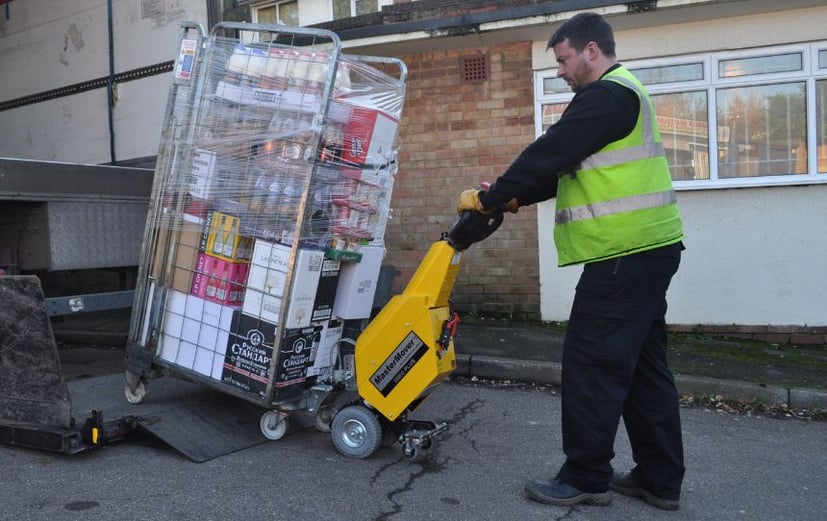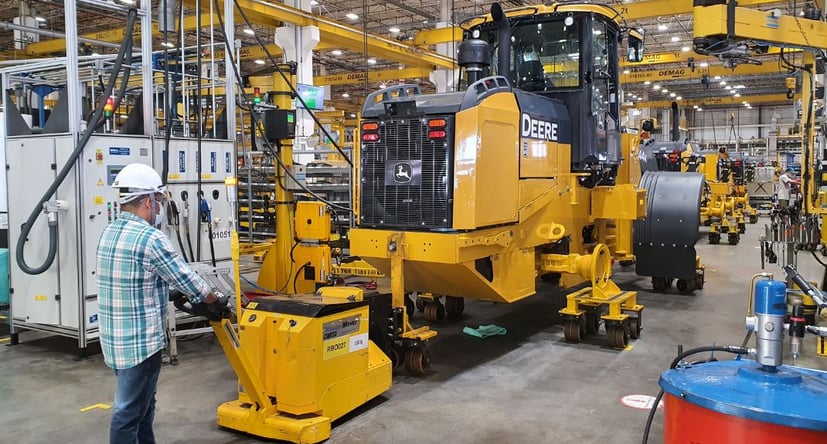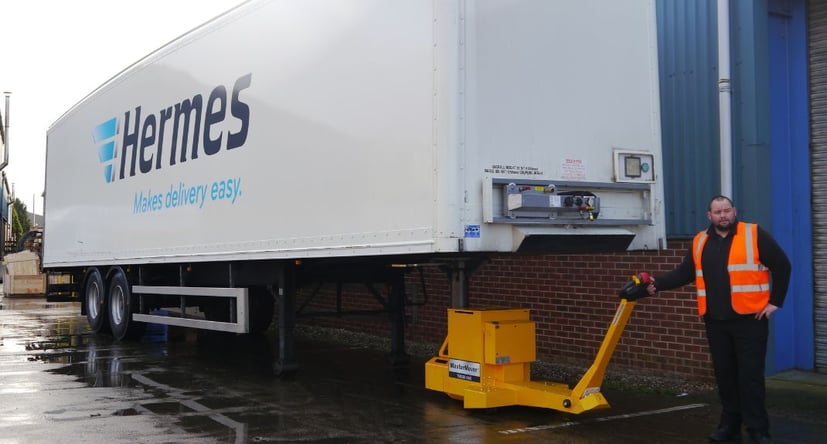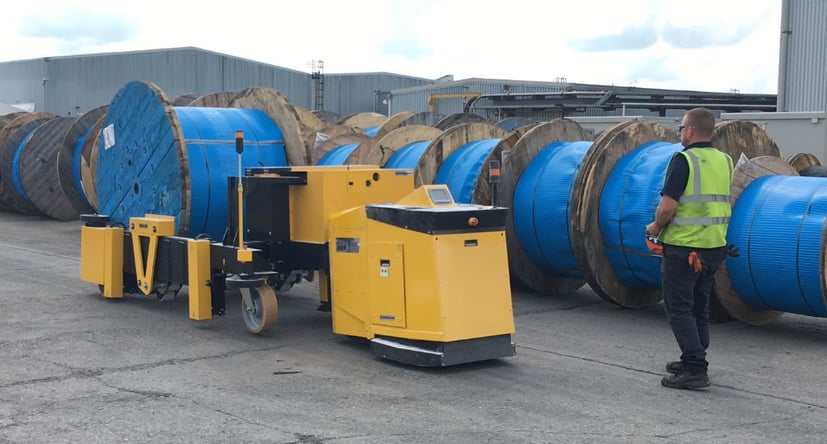Electric Towing Tractor vs Electric Tug
Material handling equipment
We compare the two most common types of equipment designed for flexible and safe transport and movement of heavy-wheeled loads, providing you with the knowledge to pick the right solution.
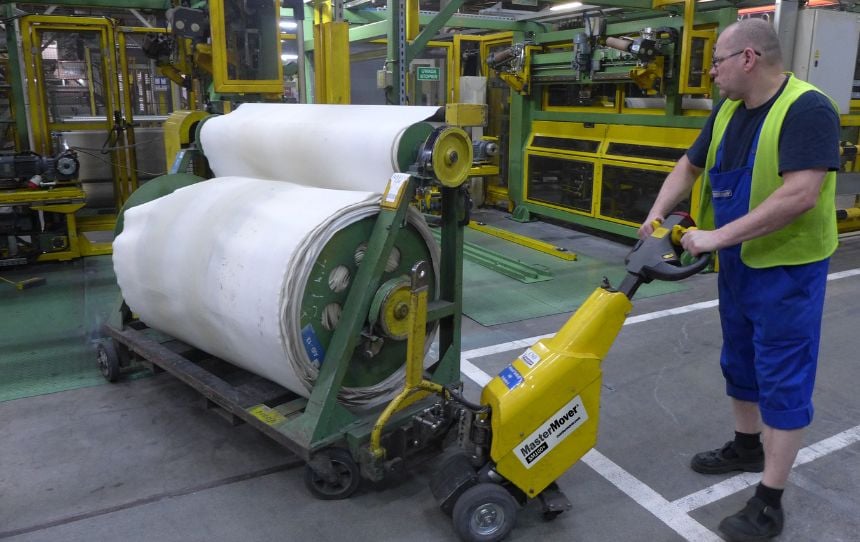
Choosing between electric tugs & electric towing tractors
The market for material handling equipment includes a wide range of products, machines, and systems, which can make finding the right solution difficult – especially when manufacturers push solutions not designed for the intended application.
Understanding the different options on the market is critical to making the right decisions for your business. Even though we specialize in manufacturing best-in-class electric tugs, we want you to select the right material handling solution for you – whether that’s an electric tug, an electric towing tractor or something like a forklift truck.
In this blog we'll cover a comprehensive comparison of the following:
- What are towing tractors?
- Different types of tow tractor
- Typical applications of towing tractors
- Benefits of an electric towing tractor
- What are electric tugs?
- Different types of electric tugs
- Typical applications of electric tugs
- Benefits of electric tugs
- Pedestrian electric tugs vs tow tractors – Pros & Cons
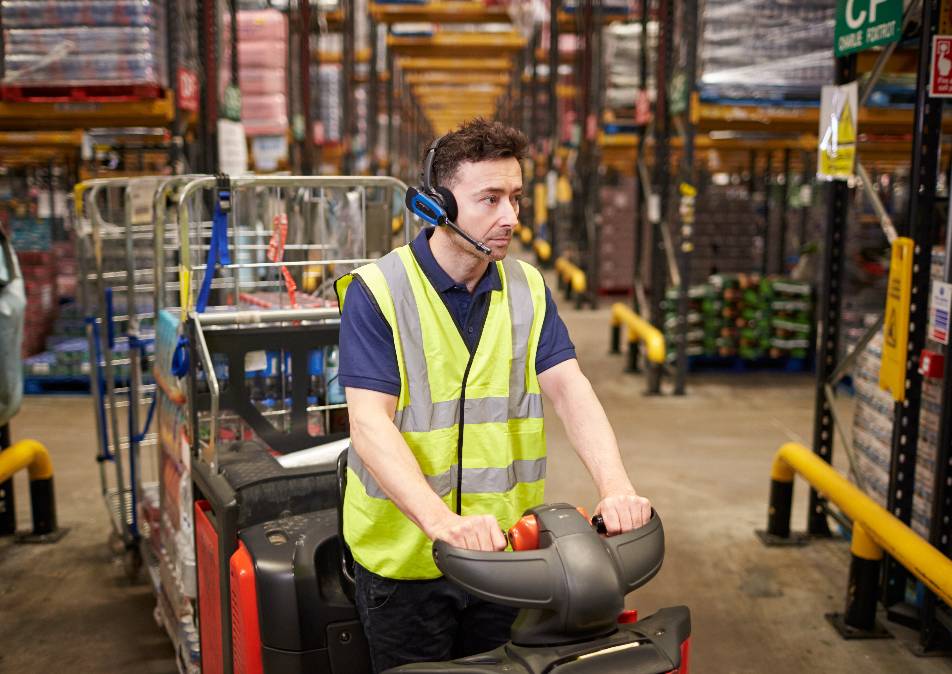
Towing Tractors
What are towing tractors?
Towing tractors, also known as electric tow tractors, are vehicles designed for towing wheeled loads such as trailers or dollies. Typically, they feature steering controls and pin coupling and are used to tow loads weighing up to 6,000kg in factories and warehouses – though higher towing capacity machines exist.
Different types of tow tractor
Ride-on towing tractor
As the name suggests, ride-on tow tractors allow a driver to sit on the unit during operation. The market for ride-on tow tractors boasts a vast range of options, from relatively compact car-sized vehicles to large truck systems capable of towing loads over 44,000 lbs.
Stand-on tow tug tractor
While a ride-on towing tractor features fitted seating for a driver, stand-on tow tug tractors, or pedestrian tow tractors have a platform, allowing an operator to drive the machine from a standing position.
Autonomous tow tractor
Like any equipment, the market for tow tractors continues to be shaped by automation, with some manufacturers autonomous tow tractors to follow predetermined routes.
Typical applications of an electric tow tractor
Towing tractors are often found in logistics, distribution and manufacturing environments.
They’re most commonly used for towing multiple loads or trains on a "milk run" over long distances. Milk runs are a route where a driver picks up and delivers multiple loads to different locations, often using a tow tractor.
Other applications where you’ll find more heavy-duty towing tractors include the large machines used to tow heavy baggage carts at airports.
Benefits of electric tow tractors
Electric tow tractors have been around for over three decades, during which time, factories, depots and warehouses have relied on them to mobilize tow trains and tow trolleys in milk-run transfers. Here are some of the key benefits of a tow tug tractor:
• Can travel over long distances, often at speed
• Remove manual handling
• Increase efficiency
• Flexible delivery of goods and items
• Move multiple loads at one time

Electric Tugs
What are electric tugs?
Electric tugs, or tow tugs, are another solution for moving heavy-wheeled loads in various environments. While an electric tow tractor is typically designed for towing, electric tugs are designed to push, pull, steer and position loads – often in tight spaces.
Different types of electric tugs
The most common electric tugs are pedestrian operated, but innovative remote control and fully autonomous (AGV) solutions are also available.
Pedestrian operated
A pedestrian-operated electric tug enables a single operator to safely push, pull and steer heavy-wheeled loads without the need for physical effort. Sometimes referred to as 'waking tugs' or 'pedestrian tugs' these are the most common designs of electric tug on the market - ideally suited to improving safety and boosting efficiency.

Remote control operation
This allows electric tugs to be operated via remote control, enabling operators to take up the ideal vantage point when moving the load and benefit from unrivalled visibility.
With our PowerSteered range, the benefits of remote control operation can be furthered by our unique MultiLink system, enabling one remote to control multiple machines in synchronization. This allows the capacity of multiple electric tugs to be combined, facilitating the movement of high-weight loads, even wind-turbine blades weighing over 100 ton!
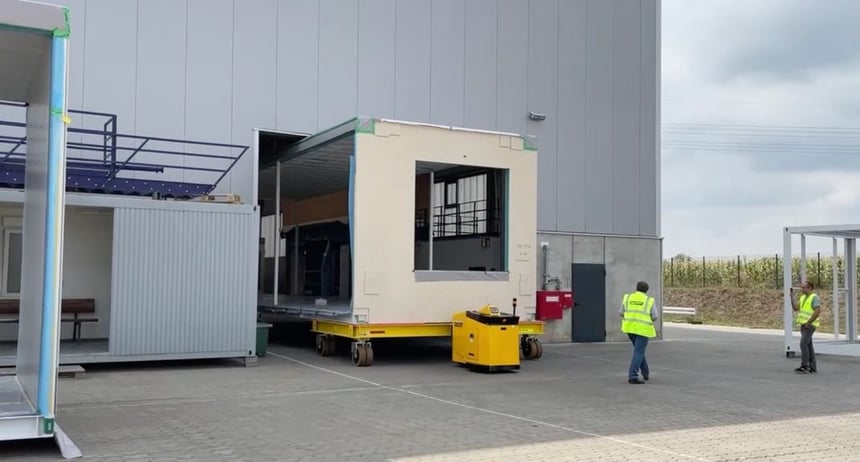
Autonomous vehicles (AGVs)
Electric tugs are available as AGV line-follow systems or as fully autonomous towing machines that can interact with their environment and systems. This functionality eliminates the need for a human operator and is ideal for processes or tasks that are repetitive. AGV electric tugs deliver maximum efficiency and improve workplace safety.
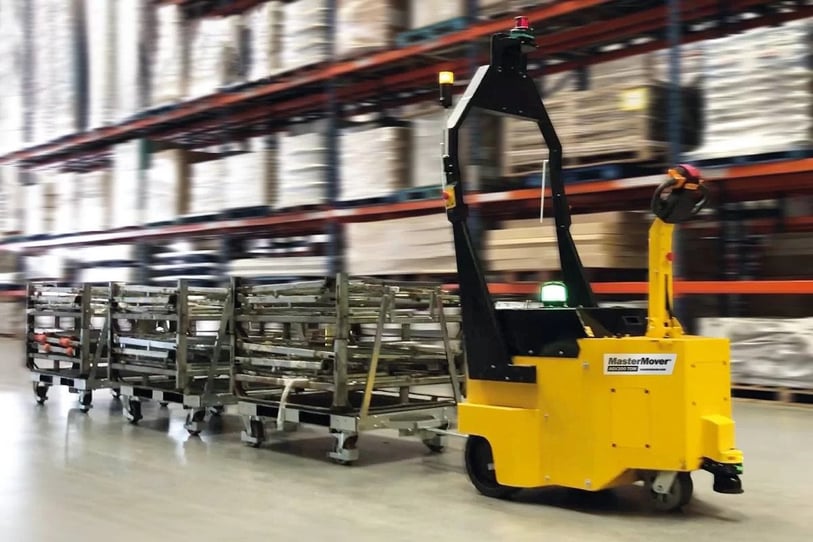
Typical applications of electric tugs
Electric tugs are used in various environments, from industrial manufacturing to biopharmaceutical processing. Often, they’re used to remove manual handling in the movement of heavy loads or reduce reliance on traditional handling equipment such as forklift trucks or overhead cranes. Within manufacturing environments, electric tugs are often used to transport parts to the production line, mobilize heavy sub-assemblies or precisely position loads.

Benefits of electric tugs
- Powerful and controlled movement of heavy loads
- Compact design facilitates precise positioning in tight spaces
- Increasing of operational efficiency
- Improvement of safety by removing manual handling, and higher-risk material handling solutions such as forklift trucks
- License-free operation
The ultimate guide to material handling
Material handling equipment
Looking to understand material handling in a little more detail?
We’ve compiled some helpful resources to get you started.
Pedestrian electric tugs vs ride-on tow tractors

Pros of an electric tow tractor
• Best suited to towing/pulling heavy loads in warehouse management
• Great for moving loads over longer distances
• Easy to link multiple loads together into a tow train to improve efficiency
• Options available across pedestrian-operated and autonomous solutions
Cons of an electric tow tractor
• Not suitable for pushing loads
• Large vehicles, particularly as weight capacity increases
• Wide turning circle and large footprint
• Lack of precise positioning and movement
• Higher risk of collisions and accidents

Pros of an electric tow tug
• Easily push and pull heavy loads
• Excellent maneuverability in tight spaces
• Compact machine footprints, even for moving the heaviest weights
• No operator license required
• Ideally suited for use in busy operating environments
• Different control options available from pedestrian operated, remote control and AGV
Cons of an electric tow tug
• Not available as a ride-on design
• Not suited to running at high speeds
• Pedestrian designs are less suited to travel over longer distances (e.g. 1 mile)
Size Profile - Electric Tug vs Tow Tractor
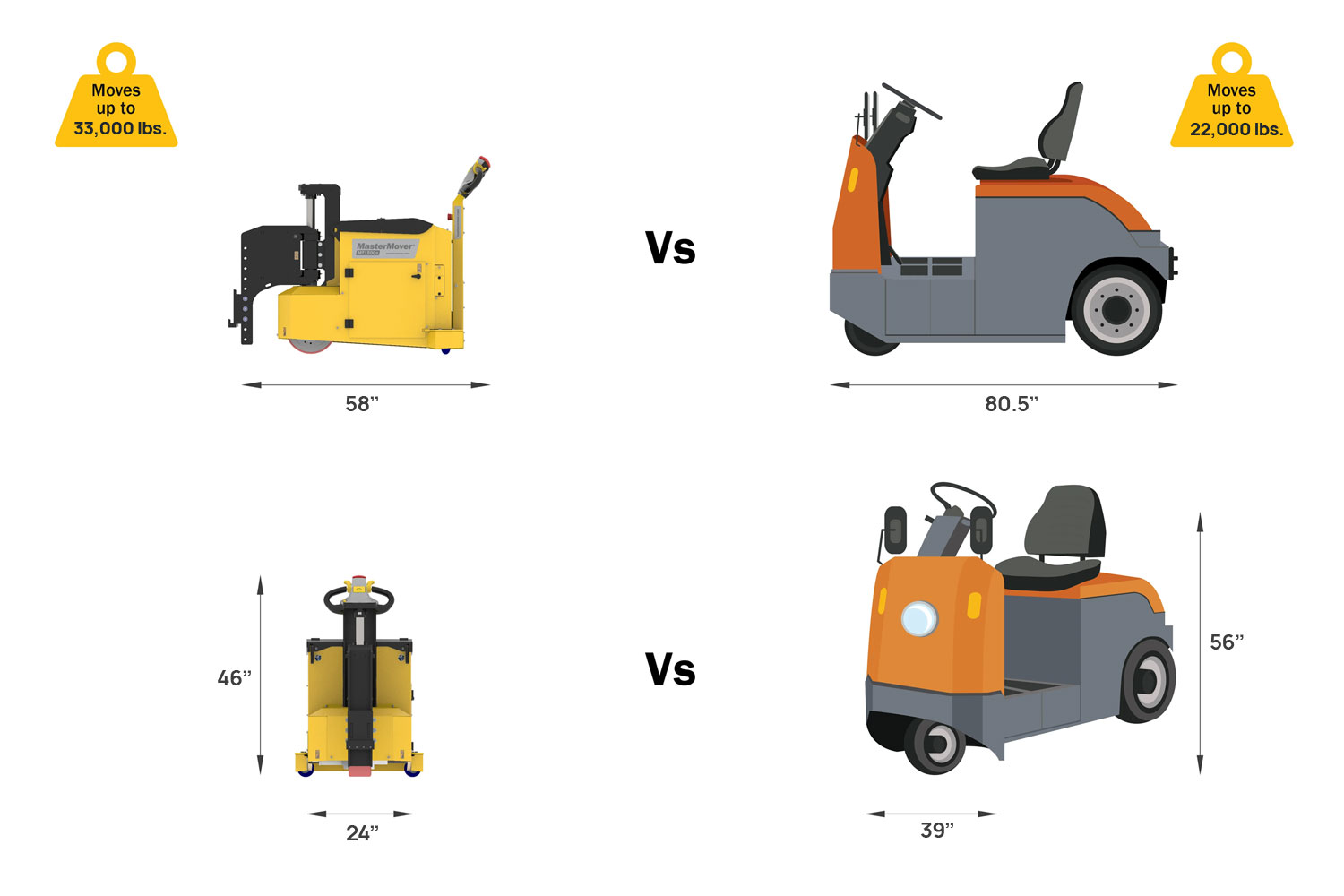
Summary: Choosing which is right for you - An electric tug or an electric towing tractor
As we’ve seen, where you are looking to move loads at high speeds within areas of minimal traffic or pedestrians, an electric tow tractor might be the best solution for you.
However, if you’re searching for a solution that will deliver the precise positioning of heavy loads in congested areas whilst retaining a compact machine footprint, an electric tug is the ideal solution.
Having compared the differences, benefits and suitability of an electric tug and tow tractor, you should have a clearer idea of which is best suited to your operations.
Discover your electric tug solution
If you’re assessing whether you think electric tugs might be the right solution for you, our team is on hand to help. MasterMover offers a wide range of electric tug solutions designed to improve workplace safety and drive operational efficiency.
With over 25 years of working in the material handling industry, our team is best placed to advise you on which solution is right for you.

